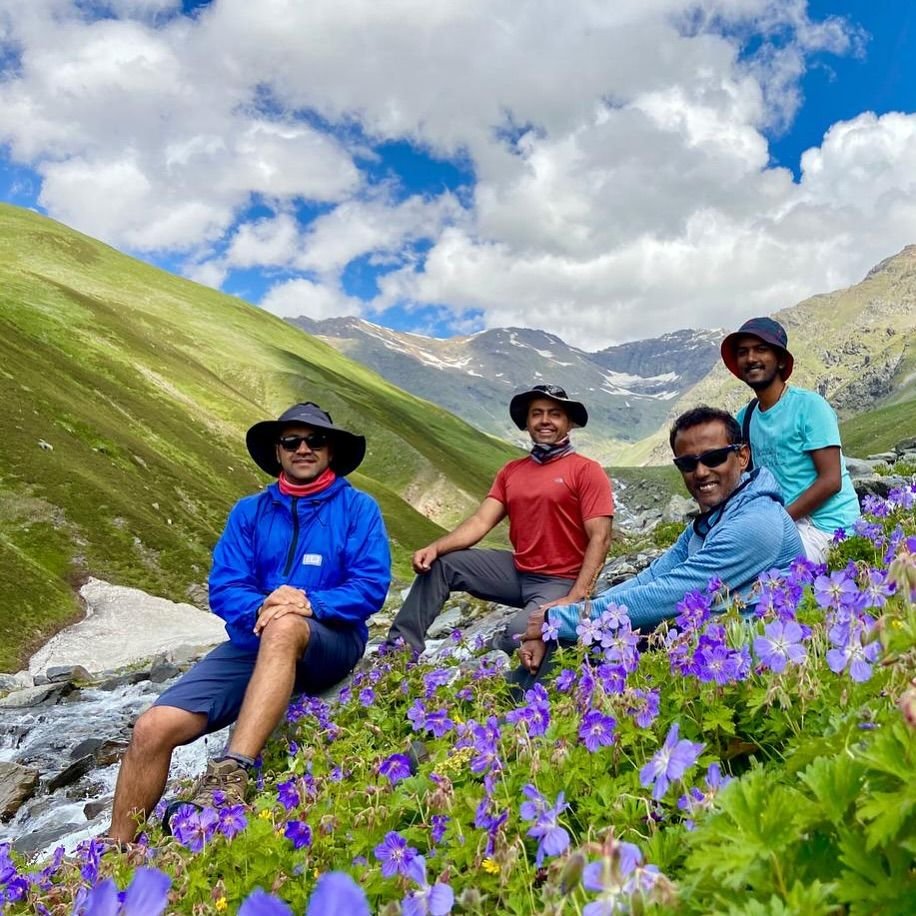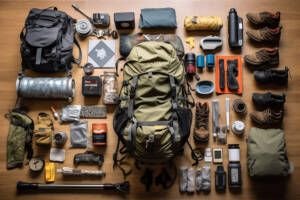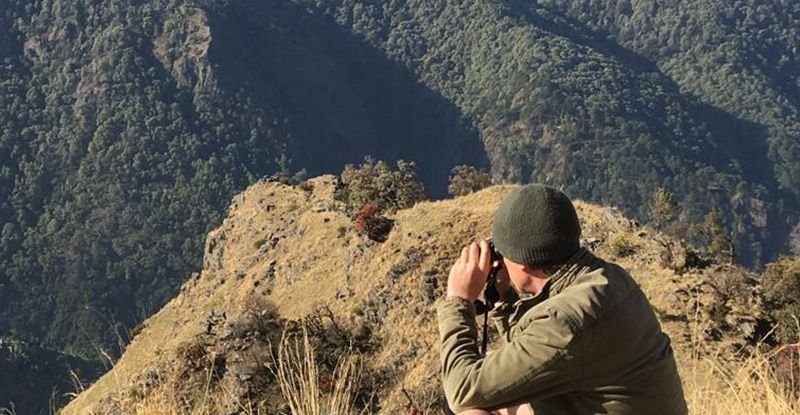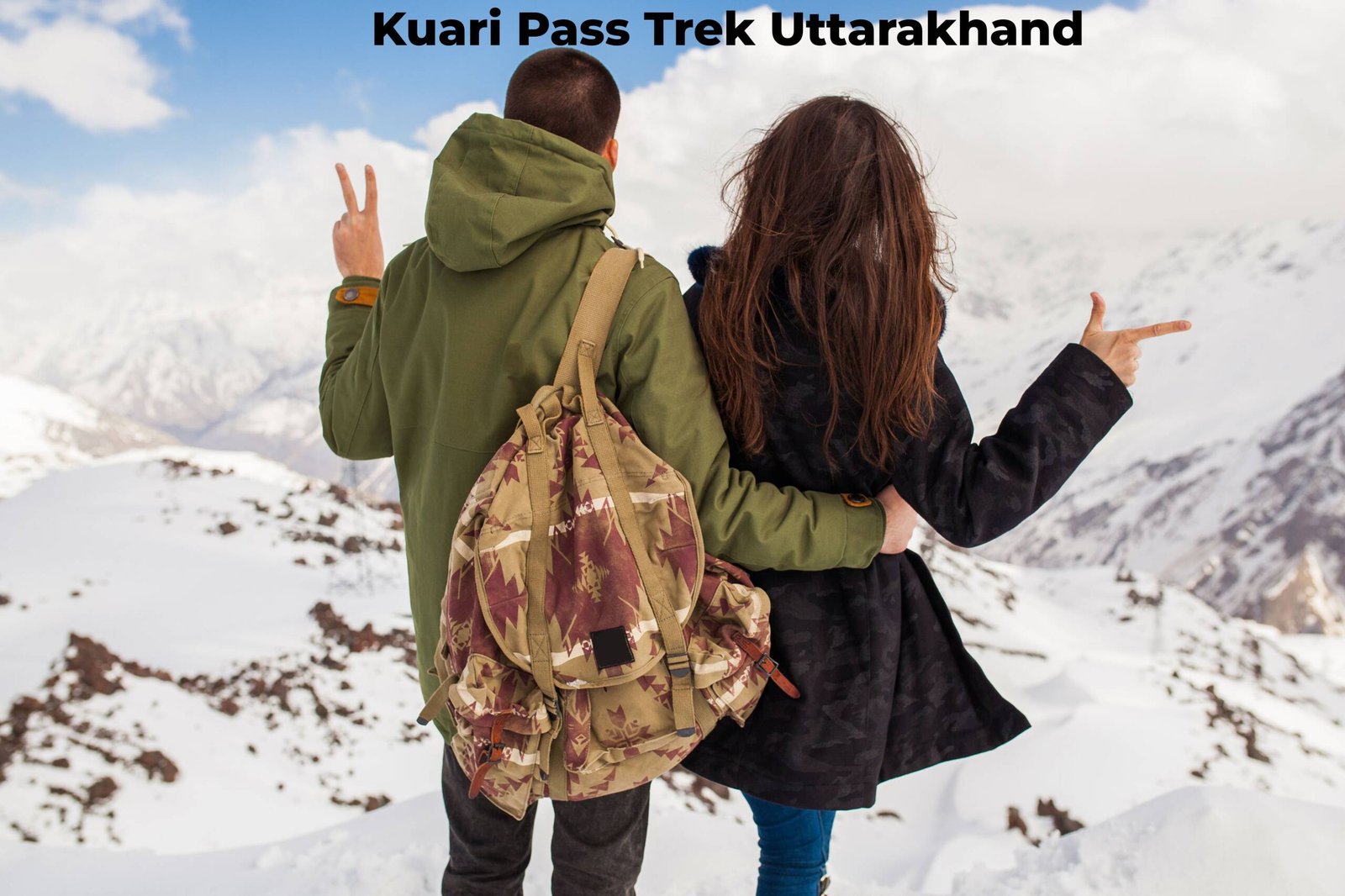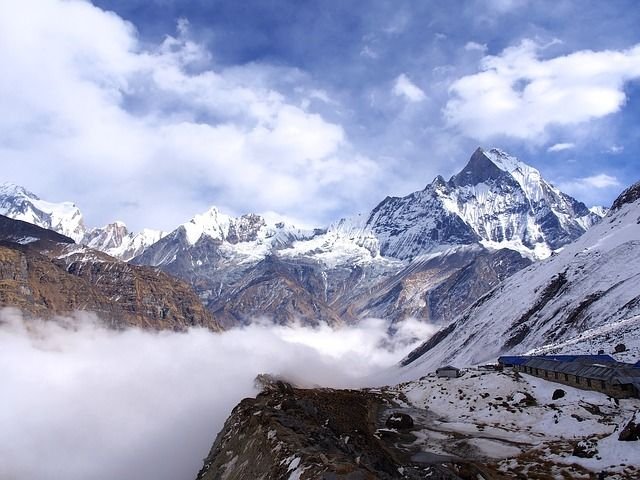Nestled in the heart of the Himalayas, Uttarakhand offers some of the most breathtaking trekking trails in the world. From verdant valleys to snow-capped peaks, every corner of this region beckons adventure enthusiasts, health-conscious travelers, and nature lovers. But to truly enjoy your Uttarakhand trekking experience, it’s crucial to prioritize health and safety.
In this comprehensive guide, we’ll walk you through essential tips and guidelines to ensure your trek is not only exhilarating but also safe and healthy.
Essential Gear and Clothing
Before setting off on your Uttarakhand trekking adventure, having the right gear is crucial. Depending on the season, you’ll need different types of clothing and equipment. In the summer, lightweight, breathable fabrics are essential to keep you cool. Conversely, in winter, thermal layers, insulated jackets, and waterproof gear are a must to protect against the cold.
Investing in high-quality trekking boots is non-negotiable. Your feet will carry you through rugged terrains, and the right footwear can prevent blisters and injuries. Don’t forget essentials like a sturdy backpack, trekking poles, and a reliable map or GPS device. Always check the weather forecast and pack accordingly.
Physical Training and Health Checks
Trekking through high-altitude terrains requires physical stamina and strength. Begin your training at least a few months before your trek. Incorporate cardiovascular exercises like running and cycling to build endurance. Strength training focusing on legs and core muscles will prepare your body for the demands of the trek.

A thorough health check is equally important. Consult with your doctor to ensure you’re fit for high-altitude trekking. Discuss any pre-existing medical conditions and get advice on necessary vaccinations. Remember, your health is paramount, and being well-prepared physically will enhance your trekking experience.
Navigating the Trails
Choosing the Right Trek
Uttarakhand offers a variety of trekking trails catering to different fitness levels and preferences. Whether you’re a seasoned trekker or a beginner, there’s a trail for you. Research and select a trek that aligns with your experience and physical condition. Popular trails like “Valley of Flowers” and “Har Ki Doon” are great for beginners, while seasoned trekkers might prefer the “Roopkund” or “Kedarkantha” treks.

Each trail has its unique charm, flora, and fauna. Familiarize yourself with the trail’s difficulty level, distance, and duration. Always have a backup plan and be prepared to change your route if needed.
Understanding Flora, Fauna, and Local Culture
One of the most enriching aspects of trekking in Uttarakhand is the opportunity to immerse yourself in its natural beauty and vibrant local culture. The region is home to diverse flora and fauna, including rare species like the Brahma Kamal and Himalayan Monal. Understanding the local ecosystem enhances your appreciation of the trail and encourages responsible trekking practices.
Interacting with local communities adds depth to your trekking experience. Learn about their customs, traditions, and way of life. Respecting local culture and traditions fosters goodwill and enriches your adventure.

Proper Hydration and Nutrition
Staying hydrated is critical during your trek. Dehydration can lead to fatigue and altitude sickness. Carry enough water and use purification tablets if you’re sourcing water from streams. Aim to drink small amounts regularly rather than large quantities at once.
Nutrition plays a crucial role in sustaining your energy levels. Pack lightweight, high-energy foods like nuts, dried fruits, and energy bars. Plan your meals to include a balance of carbohydrates, proteins, and fats. Eating small, frequent meals keeps your energy levels steady throughout the trek.
Acclimatization Techniques
High-altitude trekking poses the risk of altitude sickness due to lower oxygen levels. Acclimatization is the process of adjusting your body to the changing altitude. Ascend gradually, allowing your body time to adapt. A common rule is to climb high during the day and descend to sleep at a lower altitude.
Be aware of the symptoms of altitude sickness, such as headache, nausea, and dizziness. Descend immediately if symptoms worsen. Taking prescribed medication as a preventive measure can also help. Remember, acclimatization is key to a safe high-altitude trekking experience.
First Aid Knowledge and Medical Kit
Carrying a basic medical kit is non-negotiable. Your kit should include band-aids, antiseptics, pain relievers, and any personal medications. Knowing how to use these items is equally important. Basic first aid knowledge can make a significant difference in emergency situations.
Common trekking injuries include blisters, sprains, and minor cuts. Knowing how to treat these can prevent them from becoming serious. Courses in wilderness first aid are beneficial for trekkers. Being prepared ensures that you’re equipped to handle minor medical issues that arise during your trek.
Environmental Responsibility
Leave No Trace Principles
Trekking responsibly is crucial to preserving Uttarakhand’s pristine environment. The “Leave No Trace” principles encourage minimal impact on nature. Carry all your waste back with you and dispose of it properly. Avoid disturbing wildlife and respect their natural habitat.
Stay on marked trails to prevent soil erosion and damage to vegetation. Use biodegradable products and avoid single-use plastics. Your actions can significantly impact the environment, so trek responsibly to ensure these trails remain beautiful for future generations.
Interactions with Local Communities and Wildlife
Respect and kindness towards local communities and wildlife enhance your trekking experience. Engage with locals respectfully and support their economy by purchasing local products and services. Be mindful of their customs and traditions.
Wildlife encounters should be enjoyed from a distance. Avoid feeding animals or disturbing their natural behavior. Understanding and respecting the local ecosystem fosters a harmonious relationship between trekkers and the environment.
Reiterating the Importance of Preparation and Responsibility
A successful Uttarakhand trekking experience hinges on thorough preparation, respect for the environment, and personal responsibility. By following these health and safety tips, you’ll ensure a memorable and enjoyable adventure.
Encouraging Community Engagement
We’d love to hear about your trekking experiences and any additional tips you might have. Share your stories and join our community of adventure enthusiasts. Let’s inspire and support each other in our quest to explore the beauty of Uttarakhand.
For more detailed guides, expert advice, and exclusive trekking deals, visit our website and join our mailing list. Stay connected, stay informed, and keep exploring.
Remember, the mountains are calling, and with the right preparation, you’re ready to answer.
Happy trekking!

